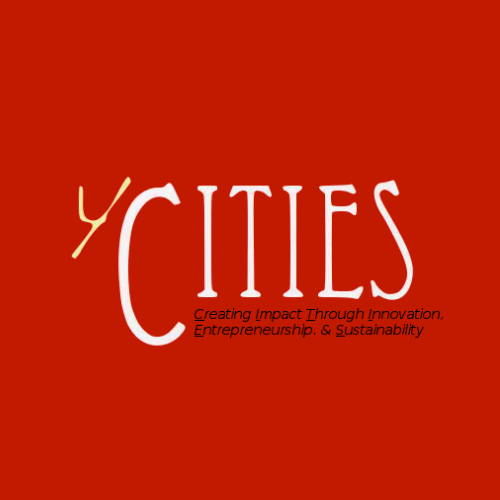We will begin posting tidbits and insights from our Skunkworks prototyping lab. Often times budding entrepreneurs think they can jump from idea to business launch. The truth is the entrepreneurial process is exactly that – a process. Everyone’s journey is different because of the pain point and who they are serving.
Vicky’s Note: “I think one of the most challenging aspects that I’ve observed with students (and many adults too), is trying to figure out what is the right prototype to build. Understanding the purpose of the intended prototype is key. This then leads to the decisions around what medium to use for the prototype, and what that prototype might look like. I think the reason it’s so hard to grasp is because many people want to create something as close to what the “final product” as they can. The problem is, what many envision as the final product, is not what the final product will actually be (at least not one that will be used) due to the many in-validated hypotheses one will encounter along the discovery process. Depending on the purpose and the phase, the prototype may be just a throw-away, and not meant to last beyond the testing of a specific hypothesis.”
Ahead of the Curve is a venture with the goal of encouraging “a user to increase their scoliosis brace wear-time, in hopes to ultimately prevent back surgery.” The idea was conceived by Mary McMahon, a 2018 CITIES Scholar, who plans to fulfill her value proposition through the creation of a bluetooth-connected back brace that can track temperature and time, present it to the user in a mobile application, and encourage healthier habits to help with scoliosis. Each of the app’s features were envisioned as a solution to Mary’s firsthand challenges of wearing a scoliosis brace. Since developing the idea, Mary has done numerous rounds of testing and iteration to define her venture, and has recently been prototyping the user interface for the mobile side of her product.
The next step in the development of Mary’s venture is to develop and test the integration between the back brace and her mobile application, but she needed some technical know-how to help configure the sensors and develop a line of communication between the two devices. This roadblock led to our first meeting, where myself, a mechanical engineer and product designer, Mary, her Youth CITIES Lead Mentor Alex Turnwall, Youth CITIES founder Vicky Wu Davis, and Scott Stephens, a mechanical and materials engineer, met to help determine Mary’s next steps.
The discussion centered around not only on the technical side of how Mary would develop a prototype back brace with integrated sensors and bluetooth, but also on determining what progress actually looks like and the steps Mary should take to validate her idea. Mary finds herself right now in a position that is quite common in the world of entrepreneurship, asking the question: “When is the right time to go all in on the technical details of my venture?” There’s still potential customer feedback to gain, the value proposition isn’t necessarily crystal clear yet, and nothing is ultimately certain. Mary has purchased a temperature sensor and an Arduino to begin prototyping, and she really wants to build on her technical engineering skills, as illustrated by her recent involvement in a summer coding camp to help develop her mobile app. As tech enthusiasts, engineers, and entrepreneurs who have a vision in our head, especially when that vision is of a piece of hardware, it sometimes feels like nothing can be done until that beautiful, finalized piece of tech is tangible and real. I find myself in this position all the time with projects I have worked on. While Scott and myself both come from an engineering background, I think it was important for Mary to hear from us that this doesn’t have to be the case. Together, we helped Mary define a schedule and a process for developing the technology of her venture that is more iterative in nature, while still allowing Mary to build on her technical knowledge.
Recognizing that it will take a long time to build a refined prototype with bluetooth connectivity and mobile integration, we decided that the first step would be to understand the temperature sensors and develop a simple way of creating visual feedback that the sensors are working. Scott suggested that she connect the sensors to an LED strip, allowing a potential customer to see, for example, that more LEDs light up as temperature increases. While this is not a final solution, it is enough for Mary to begin asking her users questions about how they expect to interpret the data from their brace and use that data in a way that fulfills the intended value proposition. From there, Mary can take that feedback, re-enter the technical prototyping process, and be better informed about the design decisions she is making for her product.
By encouraging this more iterative cycle of technical development, Mary will hopefully be satisfied with the technical skills she is building and be able to continue validating her venture and making traction in other parts of the business. Following this meeting, Mary, Scott, and Andrew will sit down in person to begin the next phase of technical prototyping!
